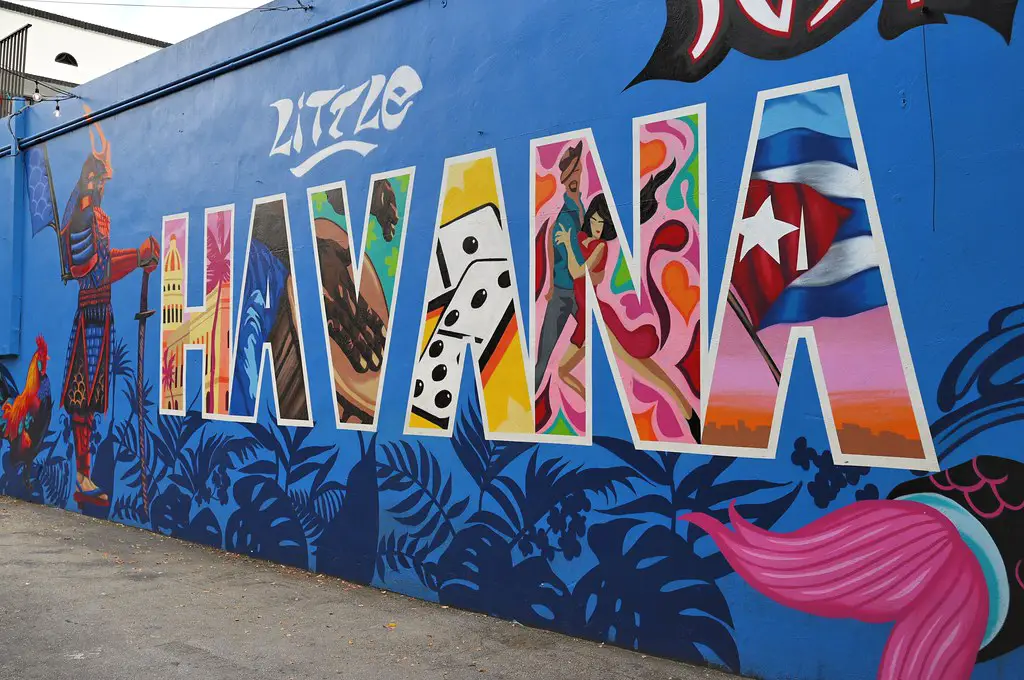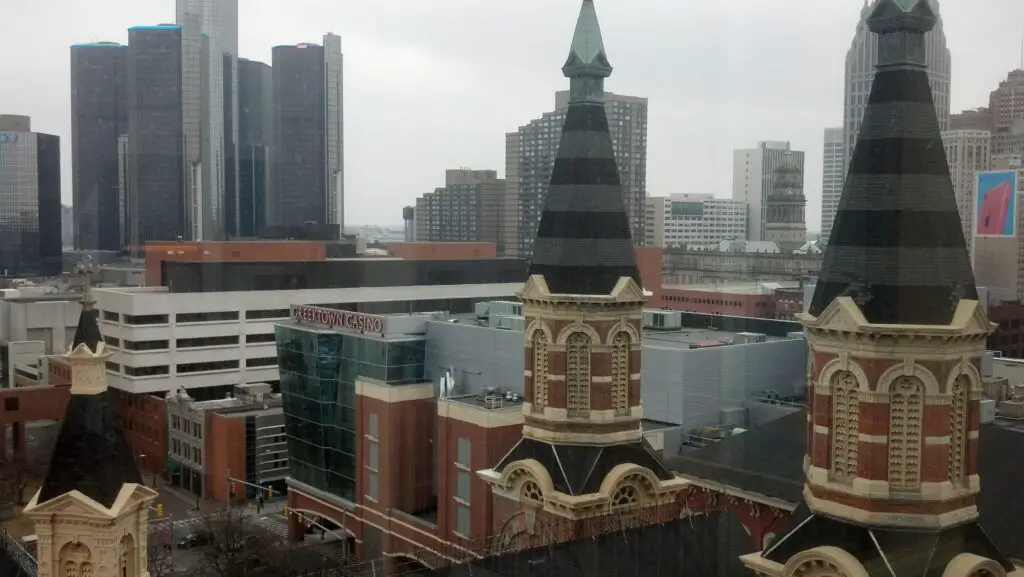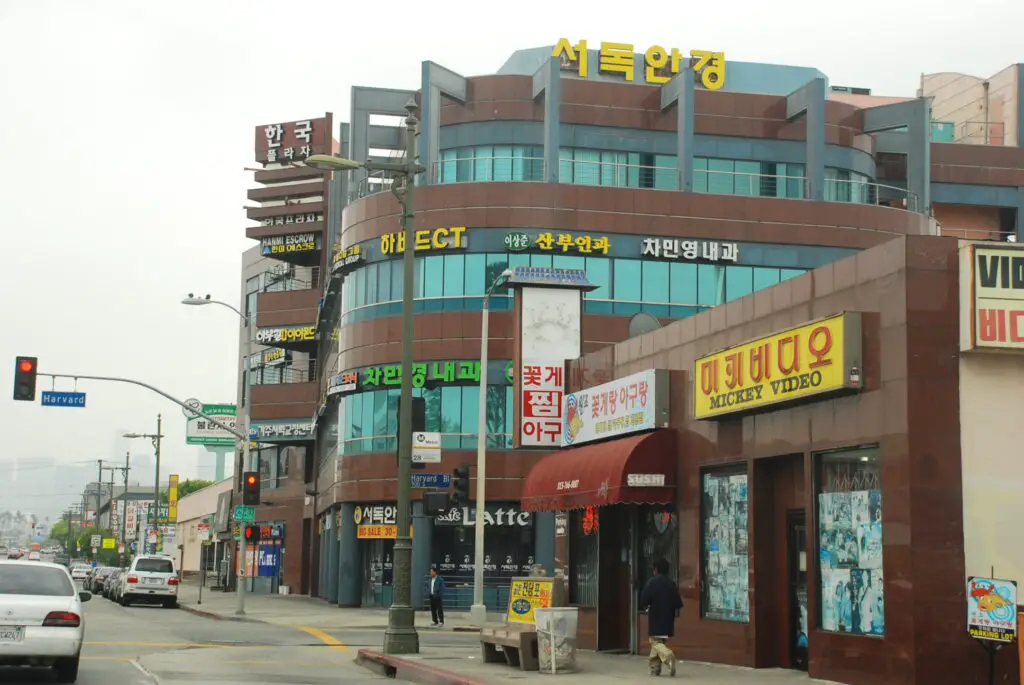For centuries, ethnic enclaves in the United States have served as cultural, economic, and social hubs for immigrant and minority communities. These neighborhoods provided safety, support, and a sense of belonging for those facing discrimination or hardship. While many enclaves have faded due to gentrification or assimilation, some have remained strong, preserving their heritage and traditions while evolving with the times. Here are four historic ethnic enclaves that are still thriving today.
1. Chinatown – San Francisco, California

San Francisco’s Chinatown is the oldest and one of the most vibrant Chinese communities in the United States. Established in the 1840s, this historic enclave became a refuge for Chinese immigrants who faced discrimination and exclusionary laws elsewhere. Despite the Chinese Exclusion Act of 1882 and other racist policies, Chinatown persevered, developing into a self-sufficient community with its own businesses, schools, and social organizations.
Today, Chinatown remains a bustling cultural hub, attracting both residents and tourists. The neighborhood is home to authentic Chinese restaurants, traditional herbal medicine shops, and historic landmarks such as the Tin How Temple and the Golden Gate Fortune Cookie Factory. Annual events like the Chinese New Year Parade celebrate its deep-rooted heritage, while efforts to preserve its unique character continue in the face of urban development. Though modern challenges exist, Chinatown’s resilience ensures that it remains a cornerstone of Chinese American culture in the U.S.
2. Little Havana – Miami, Florida

Little Havana is the heart of Miami’s Cuban community, a vibrant enclave that has preserved its rich traditions despite political and social changes. In the 1960s, Cuban exiles fled Fidel Castro’s regime and found a new home in Miami, creating a thriving neighborhood filled with Cuban cafes, cigar shops, and salsa clubs. Over the decades, the area has become a beacon of Cuban identity and culture, drawing visitors from around the world.
Today, Little Havana remains one of the most recognizable ethnic neighborhoods in the U.S. Calle Ocho (8th Street) serves as the district’s main artery, lined with colorful murals, domino parks, and historic landmarks like the Tower Theater. Every year, the Calle Ocho Festival, one of the largest Latin music festivals in the country, showcases Cuban and Latin American music, food, and dance. As Miami continues to grow, Little Havana fights to maintain its cultural roots, with local organizations working to protect small businesses and affordable housing for long-time residents.
3. Greektown – Detroit, Michigan

Greektown in Detroit has been a center of Greek-American culture for over a century. In the early 1900s, Greek immigrants settled in the area, opening bakeries, restaurants, and businesses that brought a taste of their homeland to the Midwest. Despite economic downturns and urban redevelopment, Greektown has managed to retain its cultural identity, becoming a landmark destination for food, entertainment, and Greek heritage.
Today, Greektown is best known for its authentic Greek cuisine, lively nightlife, and annual festivals. Visitors can still enjoy classic dishes like souvlaki, gyros, and baklava at long-standing restaurants like Pegasus Taverna. The neighborhood is also home to Greektown Casino, a major attraction that has helped sustain the local economy. While Detroit has seen significant changes over the years, Greektown remains a thriving enclave that proudly preserves its Greek-American traditions.
4. Koreatown – Los Angeles, California

Los Angeles’ Koreatown, or K-Town, is one of the largest and most dynamic Korean enclaves in the U.S. Korean immigrants began settling in the area in the 1960s, transforming it into a vibrant hub of Korean culture, business, and community life. Unlike other ethnic enclaves, Koreatown has not only survived but expanded, becoming a multi-ethnic district that blends Korean, Latino, and other cultural influences.
Today, Koreatown is famous for its 24-hour restaurants, K-BBQ spots, bustling nightlife, and thriving business district. It is also home to cultural institutions like the Korean American National Museum, which documents the history of Korean immigration in America. Despite rapid development and rising real estate prices, Koreatown continues to be a stronghold of Korean identity, with community leaders working to preserve affordable housing and support small businesses. With its ever-growing influence, K-Town remains a powerful symbol of Korean-American success and cultural pride.
